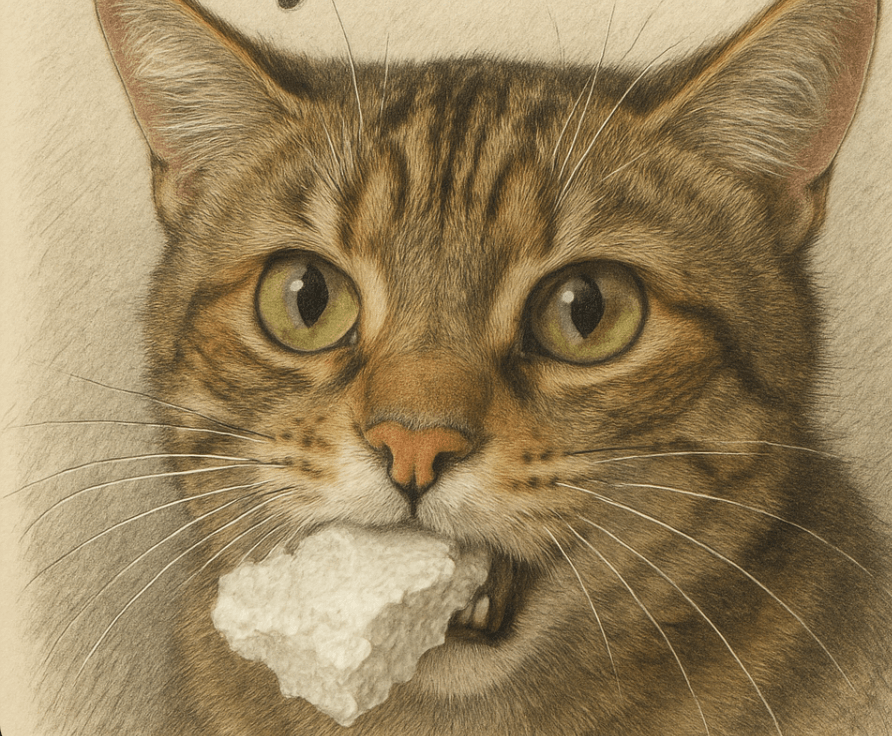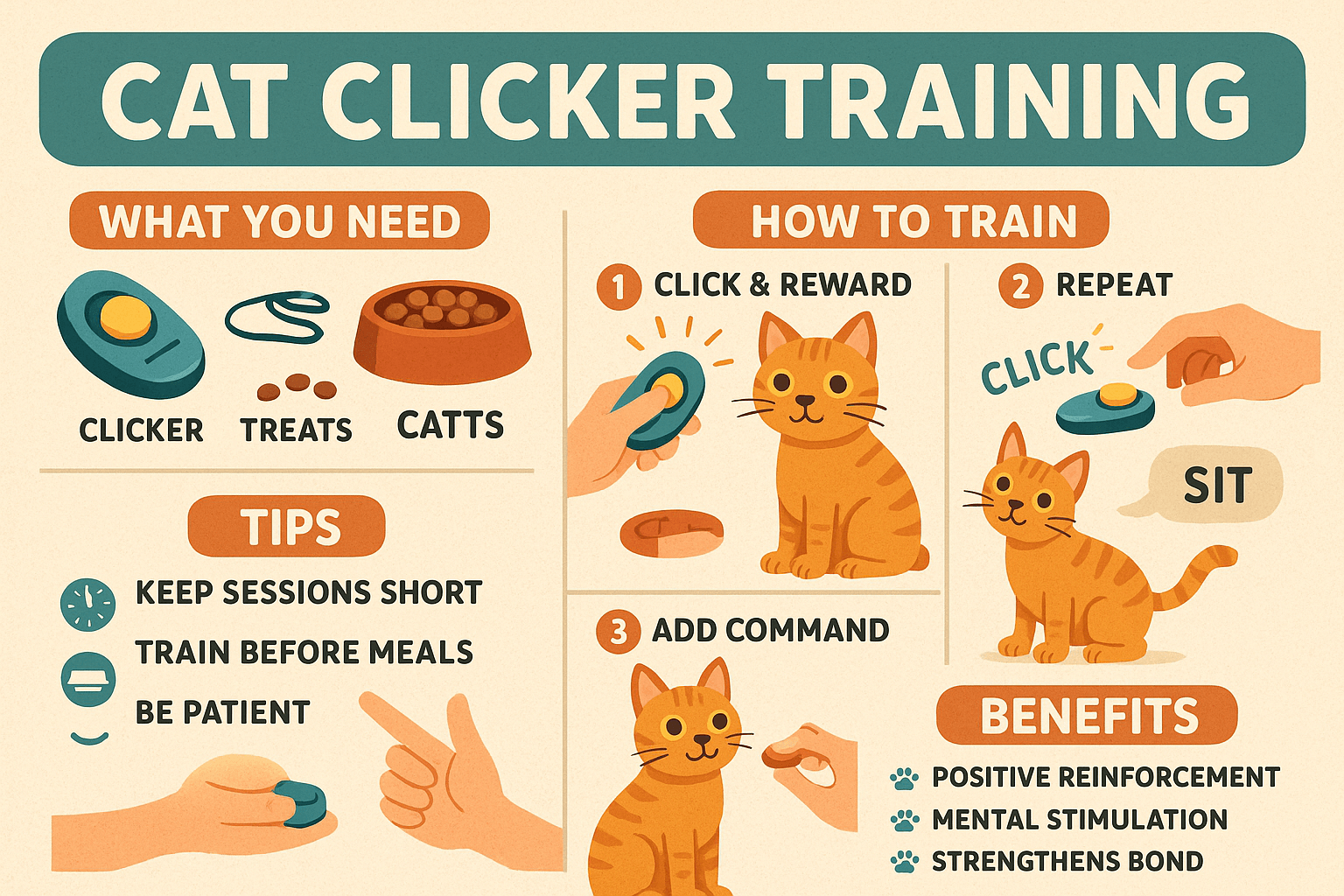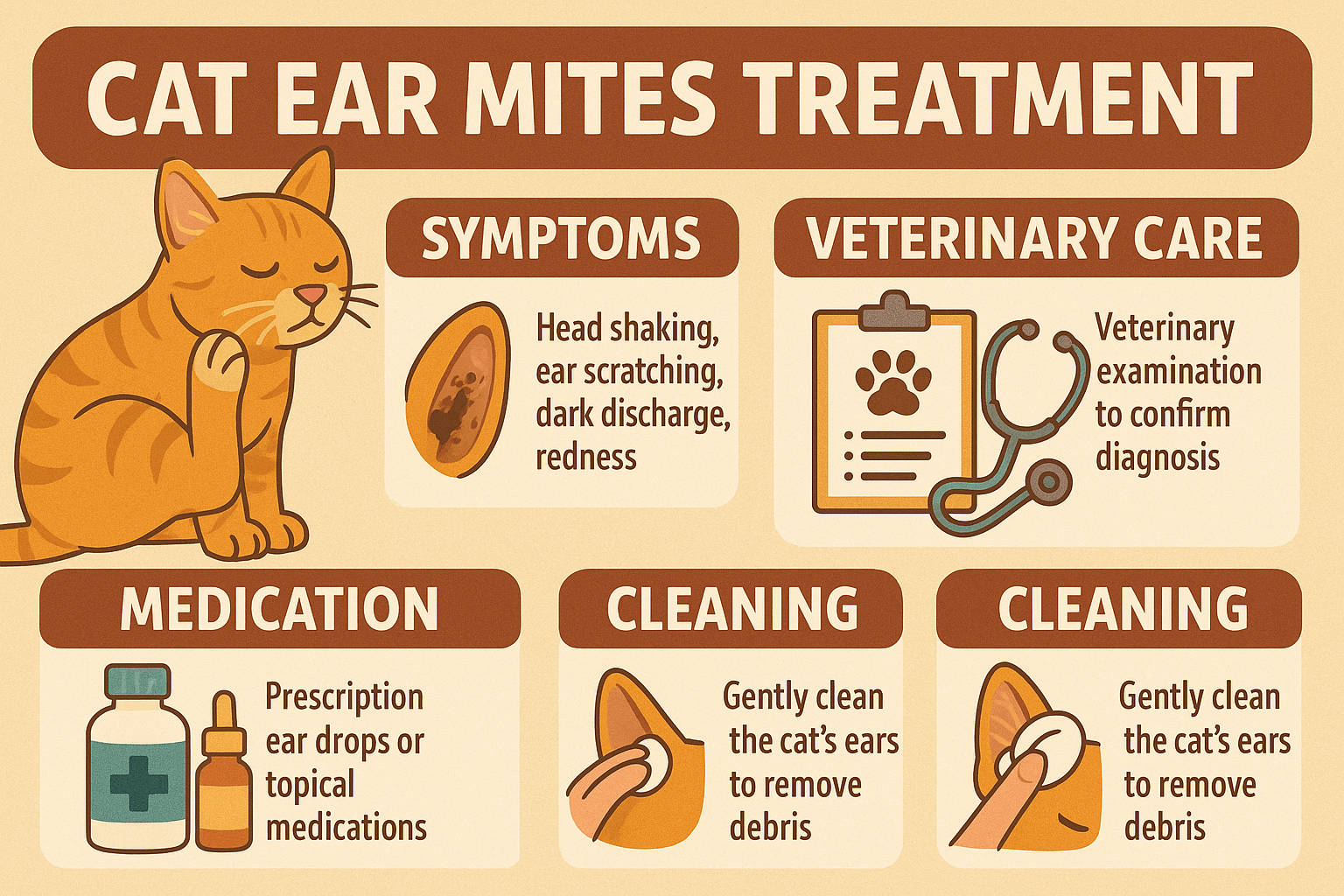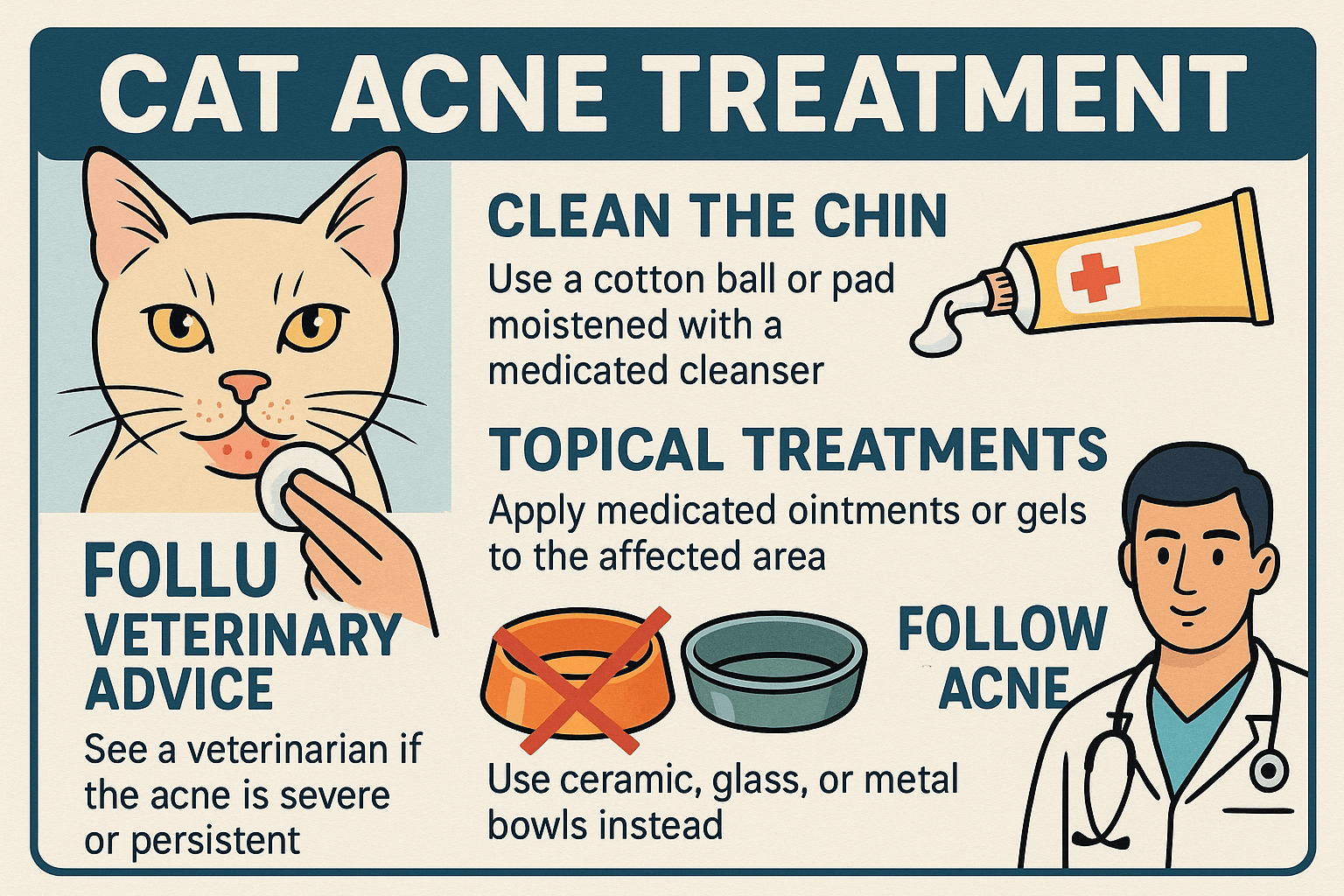Can Cats Eat Styrofoam? Understanding the Risks and Solutions
Cats are naturally curious creatures, often exploring their surroundings by chewing or nibbling on objects they encounter. While this behavior is usually harmless, it can sometimes lead to concerning situations—like when your feline friend starts gnawing on styrofoam. Whether it’s packaging materials, cups, or insulation, styrofoam is a common household item that can attract a cat’s attention. But can cats eat styrofoam, and what should you do if they show interest in it? In this blog post, we’ll explore the potential dangers of styrofoam consumption, why cats might be drawn to it, and how to keep your pet safe from harm.
Why Do Cats Chew on Styrofoam?
Understanding why cats are attracted to styrofoam is the first step in addressing this behavior. Several factors could explain why your cat might nibble on this material.
Curiosity and Exploration:
Cats are naturally inquisitive and use their mouths to investigate unfamiliar objects, including styrofoam.Texture Appeal:
The soft, lightweight texture of styrofoam may feel satisfying for cats to chew on, especially if they’re teething or have dental discomfort.Boredom or Stress:
A lack of stimulation or underlying anxiety can lead cats to engage in unusual behaviors like chewing non-food items.Pica Behavior:
Pica, a condition where animals crave non-edible substances, may cause some cats to seek out materials like styrofoam.Smell or Residue Attraction:
If styrofoam has been in contact with food or other scented substances, its smell might entice your cat to investigate further.
While occasional curiosity is normal, persistent chewing on styrofoam could indicate a deeper issue that needs attention.
Risks of Cats Eating Styrofoam
Allowing your cat to chew or ingest styrofoam can pose several health risks. Being aware of these dangers is crucial for protecting your pet’s well-being.
Choking Hazard:
Small pieces of styrofoam can become lodged in your cat’s throat, leading to choking or difficulty breathing.Intestinal Blockage:
Swallowed styrofoam fragments may cause blockages in the digestive tract, requiring veterinary intervention to remove.Toxic Chemicals:
Some types of styrofoam contain harmful chemicals that could be toxic if ingested in large amounts.Dental Damage:
Chewing on hard or brittle styrofoam can damage your cat’s teeth or gums, leading to pain and potential infections.Behavioral Concerns:
Persistent chewing on non-food items may signal underlying stress, boredom, or medical issues that need addressing.
These risks highlight the importance of preventing your cat from accessing styrofoam and seeking help if they ingest it.
Check this guide 👉Can Cats Eat Goji Berries? Best 7 Expert Tips!
Check this guide 👉Can Cats Eat Dragonflies? Best 7 Expert Tips!
Check this guide 👉Can Cats Eat Eel? Best 7 Expert Tips!

Ways to Prevent Styrofoam Chewing | Signs Your Cat Has Eaten Styrofoam |
|---|---|
Store styrofoam out of reach | Vomiting or gagging after chewing |
Provide safe chew toys as alternatives | Loss of appetite or lethargy |
Use deterrent sprays on styrofoam surfaces | Straining during bowel movements |
Supervise your cat around packaging | Excessive drooling or pawing at the mouth |
Keep your home tidy and free of clutter | Coughing or wheezing due to choking hazards |
How to Redirect Your Cat’s Interest Away from Styrofoam
If your cat shows an interest in styrofoam, redirecting their behavior toward safer alternatives can help curb this habit. Here are some effective strategies.
Provide Interactive Toys:
Engage your cat with puzzle toys or treat-dispensing balls to satisfy their curiosity and provide mental stimulation.Offer Safe Chew Alternatives:
Dental chews or cat-safe grass can fulfill your cat’s urge to chew without posing health risks.Create a Stimulating Environment:
Set up climbing structures, scratching posts, and hiding spots to keep your cat entertained and distracted from styrofoam.Use Positive Reinforcement:
Reward your cat with treats or praise when they ignore styrofoam and focus on appropriate toys or activities.Address Underlying Issues:
Consult your veterinarian if the behavior persists, as it could indicate stress, anxiety, or a medical condition like pica.
Redirecting your cat’s focus ensures their safety while addressing the root cause of their interest in styrofoam.
What to Do If Your Cat Eats Styrofoam
If you suspect your cat has ingested styrofoam, quick action is essential to prevent complications. Follow these steps to ensure their safety.
Monitor for Symptoms:
Watch for signs of distress, such as vomiting, coughing, or changes in behavior, which may indicate ingestion.Contact Your Veterinarian:
Call your vet immediately for advice on whether your cat needs to be examined or treated.Avoid Inducing Vomiting Without Guidance:
Attempting to make your cat vomit at home can be dangerous without professional instructions.Keep Styrofoam Out of Reach:
Remove any remaining styrofoam from your cat’s environment to prevent further ingestion.Document the Incident:
Note how much styrofoam was consumed and share this information with your vet to aid in diagnosis and treatment.
Taking prompt action can help minimize risks and ensure your cat receives the care they need.
Common Household Items That Are Dangerous for Cats
In addition to styrofoam, many household items can pose risks to your cat’s health. Being aware of these hazards helps create a safer environment for your pet.
Rubber Bands and Hair Ties:
These small objects can be swallowed, causing intestinal blockages or choking.Plastic Bags:
Cats may chew on plastic bags, which can lead to suffocation or ingestion of harmful materials.Houseplants:
Some plants, like lilies or pothos, are toxic to cats and should be kept out of reach.Small Toys or Accessories:
Items like buttons, beads, or tiny toy parts can be easily swallowed, posing choking hazards.Electrical Cords:
Chewing on cords can cause electric shocks or burns, so it’s important to secure them properly.
By identifying and removing these dangers, you can create a safer home for your curious cat.
Signs Your Cat May Have Pica
Pica, or the compulsive eating of non-food items, can sometimes explain why cats chew on styrofoam or other inappropriate materials. Recognizing the signs of pica is key to addressing the issue.
Persistent Chewing on Non-Food Items:
Regularly chewing on fabrics, plastics, or other materials beyond occasional curiosity may indicate pica.Weight Loss or Nutritional Deficiencies:
Pica can sometimes result from deficiencies in vitamins or minerals, leading to unusual cravings.Increased Anxiety or Stress:
Cats with pica may exhibit nervous behaviors like excessive grooming or pacing.Vomiting or Digestive Issues:
Frequent vomiting or constipation may occur if your cat frequently ingests non-digestible items.Lack of Interest in Regular Food:
A decline in appetite for regular meals may accompany a preference for non-food substances.
Consulting your veterinarian can help determine the cause of pica and provide appropriate solutions.
Tips for Enriching Your Cat’s Environment
Enriching your cat’s environment can reduce boredom and discourage behaviors like chewing on styrofoam. These tips will keep your cat engaged and entertained.
Install Cat Shelves and Climbing Structures:
Vertical spaces allow cats to explore and exercise, satisfying their natural instincts to climb and perch.Rotate Toys Regularly:
Introducing new toys or rotating existing ones keeps your cat’s interest and prevents boredom.Set Up a Window Perch:
A cozy perch near a window provides entertainment through bird-watching or observing outdoor activity.Offer Sensory Stimulation:
Incorporate items like catnip, crinkly toys, or interactive laser pointers to engage their senses.Schedule Playtime Daily:
Dedicate time each day to interactive play sessions, using wand toys or feather teasers to bond with your cat.
A stimulating environment ensures your cat stays mentally and physically active, reducing unwanted behaviors.
Frequently Asked Questions About Cats and Styrofoam
Is styrofoam toxic to cats?
While not highly toxic, styrofoam can cause choking, blockages, or exposure to harmful chemicals in some cases.
Why does my cat like chewing on weird things?
This behavior could stem from curiosity, boredom, stress, or a condition called pica, which causes cravings for non-food items.
How can I stop my cat from chewing on styrofoam?
Provide safe alternatives, enrich their environment, and supervise them closely to discourage this habit.
What should I do if my cat swallows styrofoam?
Monitor for symptoms and contact your veterinarian immediately for guidance on next steps.
Are there safe chew toys for cats?
Yes, dental chews, catnip-infused toys, and natural grasses are safe options to satisfy your cat’s chewing instincts.
Keeping Your Cat Safe from Styrofoam and Other Hazards
While cats chewing on styrofoam may seem like a quirky or harmless behavior, it can lead to serious health risks if left unchecked. By understanding why cats are drawn to styrofoam and taking proactive steps to prevent access, you can protect your feline friend from harm. Additionally, staying vigilant and seeking veterinary care when needed ensures your cat remains healthy and happy. Remember, a little prevention goes a long way in keeping your curious companion out of trouble.
Cat Clicker Training: Best 7 Expert Tips! Discover how to train your cat using clicker techniques, improve behavior, and strengthen your bond with simple, effective strategies.
Lorem ipsum dolor sit amet, consectetur adipiscing elit. Ut elit tellus, luctus nec ullamcorper mattis, pulvinar dapibus leo.
Cat Ear Mites Treatment: Best 7 Expert Tips! Discover effective solutions to treat and prevent ear mites in cats, ensuring your pet's comfort and health with expert advice.
Cat Acne Treatment: Best 7 Expert Tips! Discover effective remedies, prevention strategies, and expert advice to treat and manage feline acne for a healthier, happier cat.



